I got an interesting e-mail from fellow tennis nerd Stephan Couzijn as a reply to My Tennis Story. I thought it was deserving of a post on Tennisnerd. I call it “My Tennis Racquet Story”. Please share your stories, (they don’t have to involve tennis racquets).
In this post, I will discuss my experiences as a tennis player and racket tester and what insights this has given me in recent years. I will talk about several racquets based on my playing style and share my thoughts about them with you.
By reaching my 45th birthday, I have been actively involved in tennis for 30 years. What started in the 80s / 90s with a wooden Slazenger racket and later an aluminum racket from HEMA and a string in all the colors of the rainbow. Slapping against the stone wall of the 10-storey apartment building, I could keep myself busy for hours. Much to the frustration of the neighbor on the first floor who worked night shifts and was kept awake by the thumping of tennis balls against the wall below his bedroom. Then he came out and shouted “bastard”. Because I didn’t know what that meant at the time, I just kept going.
I soon started hitting back and forth with a friend in the parking lot in front of the flat. On a chalk-drawn tennis court divided in two by a long rope attached to tent poles and anchored to the ground with pegs. The road surface on which we played consisted of clinkers that created surprising twists in the ball’s trajectory with every bounce of the ball. As a result, we learned to react quickly and quickly change the grip. Grand Slams finals were reenacted in front of our apartment building for days.
My first real racquet – The Adidas Ivan Lendl GTX Mid
When I was 15, I bought my first real racket. It was an Adidas Ivan Lendl GTX MID. The racquet of the Czech former number 1 in the world who dominated in the 80s. I had been looking forward to it for so long, but then I finally had this magnificent racquet in my hands. I can still remember the first strokes with this 80 sq. Inch racquet. As if you could take on the whole world.
A year later, I became a member of a tennis club in Leiden and hit my first balls on an artificial grass court. I was already quite fascinated by everything that had to do with racquets. I closely followed the latest developments and bought the German tennis magazine “Tennis Magazin” every month in which dozens of racquets were compared once in a while. Delicious stuff for me as a tennis nerd. It soon became clear that I had to get Boris Becker’s Puma racket with that beautiful blue and red color and the diamond-shaped blade. Until today I think that is a must-have for every racket enthusiast. The racquet also played wonderfully.
I developed my forehand and backhand by copying Boris Becker. Watching tennis matches on TV for hours and then doing it on the tennis court with my Puma racket. Only the “Boom Boom” Becker service was a bridge too far for my back. Becker was incredibly flexible at the time, literally catapulting himself to deliver cannonballs for services. Beautiful to see.
Agassi’s HEAD Radical
The next racket that caught my attention was the Head Radical Agassi (Bumblebee). Beautiful frame with bright yellow and black color scheme and box beam frame. This was my first time playing with an oversized frame. Until then, I played with frames that were around 90 sq. inches or smaller. This was a huge transition for me. But strangely enough, I got along quite well with the Agassi frame. After playing with this yellow-black baseline monster for some time, I switched to the Wilson Pro Staff 6.0 95. In the meantime, I switched to a tennis club with clay courts and took tennis lessons. At the time, the tennis teacher tried to get a little more spin in my flat strokes to make my game more suitable for gravel. Years later, I play with an Eastern grip and still have relatively flat strokes with a one-handed backhand.
In the past year, I have made a lot of wanderings in terms of rackets. I started 2019 with the Yonex Ezone DR 98 with a leather grip. One of the best frames ever made with an excellent low RA value and big sweet spot. Then I got infected by the Clash virus. A great combination of power and control in a soft frame. I went for the Wilson Clash 100. With a few minor adjustments: 4 grams of lead in the top and a leather grip. The Clash was new. Truly a Clash of two playing styles packed in one racquet—enough power to hit heavy deep balls and, at the same time, good feel and control. Compared to the Babolat Pure Aero baseline beast, the Clash also gave me that classic feeling like more of an old school player. It may be said that Babolat has taken a step in the right direction with the latest Pure Aero version. By making the frame a bit softer so that the feeling goes more in the direction of the Aero Pro (in my opinion, the best version).
In the racquet jungle
Just before the Wilson Clash, Dunlop Srixon came out with two new frames: the CX Tour 200 16×19 and 18×20. With the beautiful box beam frame and 95 sq. inch sheet I relived old times. I could pick up the 16×19 version in no time and immediately play it razor-sharp. It hardly needed adjustment. Dunlop Srixon went unnoticed in the tsunami of other racket brands. In my opinion, it is very unjustified, given the history of Dunlop, but mainly because of the quality that they display with their Japanese partner Srixon.
In recent years, I have been charmed by Japanese quality products such as the Yonex Ezone DR 98. The new VCORE and VCORE PRO line are absolute premium products. The Yonex VCORE 98 almost made me switch again. Head has also put its innovation team to work with the new Gravity line, Head equals the Hype created by the Wilson Clash series. Especially the Head Gravity Pro with its spicy swing weight in stock form is a must demo for the strong players among us.
I gave in to the Head Gravity MP mainly because of its 16×20 string pattern that I fell in love with over the years. At first, you only saw this string pattern on Babolat frames such as the Pure Storm Tour. Later also with some frames from Yonex such as the Yonex Vcore Tour G and newcomer Diadem Elevate 98 (top frame!). The latest version of the VCORE PRO has two options, the 16×19 version, which feels very much like a 16×20, and the HD version with 18×20 string pattern with heavier weight (330). With this, Yonex has already created a classic.
Searching for that “wow” feeling
Not yet discussed but certainly worthwhile is Prince. In recent years, Prince has created a beautiful racket series for every level with the Textreme line. For example, I enjoyed playing with the Prince Textreme Tour 95 for a while. Again, just like the Dunlop Srixon CX 200, a beautiful 95 sq.inch blade with a nice low RA value (60). The subsequent Prince Phantom frames continue the excellent course that has been set in motion. Especially the Prince Phantom Pro 100P gives me a wonderful mix of power, control, and feeling. The special Phantom Pro 93P with 14×18 string pattern also provides a unique playing experience that you must have felt once. Not suitable for everyone, but certainly different from other rackets. These Prince rackets are characterized by their beautiful thin box beam frame construction and razor-sharp precision with which you can put balls against the lines.
For all frames I have played with in recent years, the “wow” feeling applies to the first touch. That feeling of “this is it”. I know from experience that the next day can be very different. So if you go for a new racquet, make sure you have played with it for several hours in different circumstances (training, match, doubles/singles). It is also important to note that as your playing style changes over time, your preference for racquets can also vary, but the old love never rusts. For example, I always come back to the box beam frames with a relatively low RA value. Due to the faster playing of today and the increasing age, I am looking for a little more power and spin while retaining the classic feeling.
For example, I recently tried a Wilson Pro Staff LS with some lead and a leather grip. Definitely a nice frame with a slightly thicker classic box-beam frame and spin-friendly string pattern. Only due to the low static weight of 290 grams, too much lead had to be used. But for those who would like to play the “Federer” frame but find the 340 or 315-gram version too heavy, then the L or the LS is undoubtedly a great option and remarkably stable for their weight.
Nowadays, I play with several rackets at the same time. Currently, the Wilson pro staff 97 is in my bag, and I would like to test the new Yonex Vcore Pro HD. I am also impressed by the new Wilson Blades 98 (18×20), and all in all, there are too many beautiful frames available with which I would be fine. However, I will focus more on one type of frame in the near future to maintain consistency in my game. That will undoubtedly be a box-beam frame with a maximum of 98 head size and a not too high RA rating. On my list are now: Yonex Vcore 98, Yonex Vcore Pro 97 and HD, Wilson Pro Staff 97, Dunlop Srixon CX 200, Wilson Clash 98, and Diadem Elevate 98.
In short, there is still a lot to puzzle and figure out. Perhaps the search is the best without ever finding the “holy grail” among the rackets. A user-friendly version of the Head Pro Tour in a slightly lighter package and a 16×20 string pattern would come very close to my ideal. I also hope that Babolat will come up with a new Babolat Pure Storm Tour (the older, softer version). For now, I will keep playing and try to improve my game.
Greetings from Holland
Stephan Couzijn
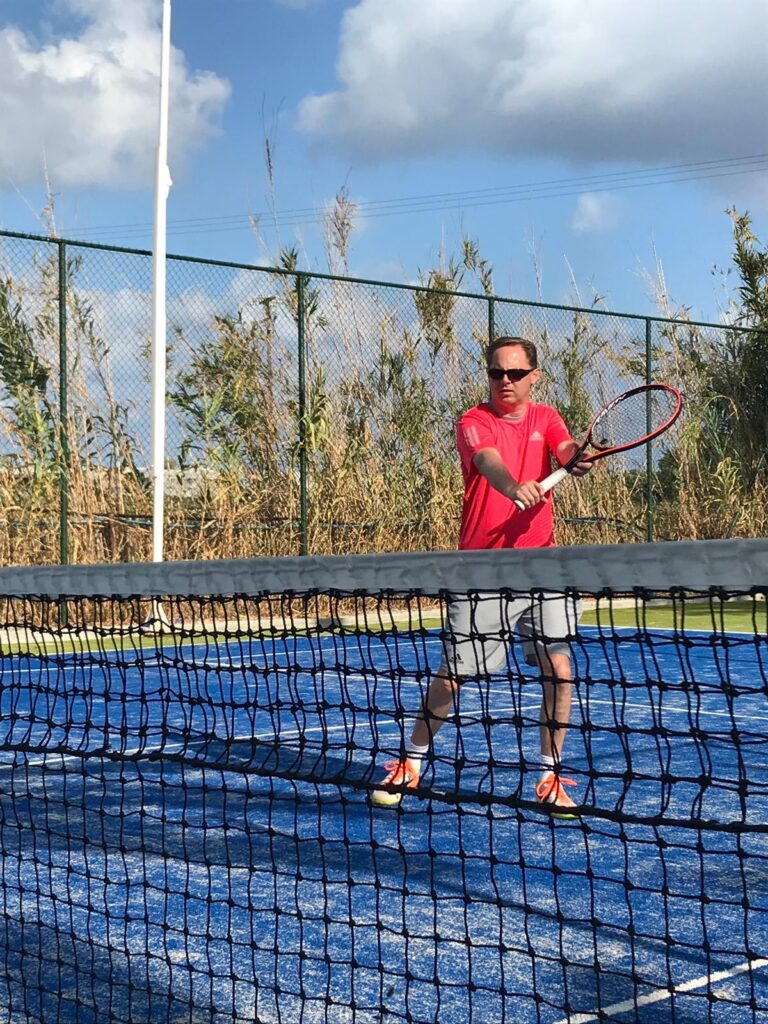
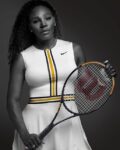

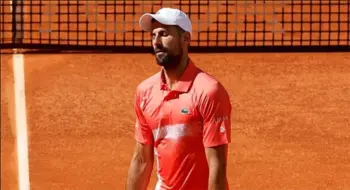
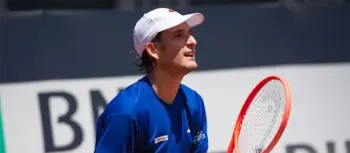
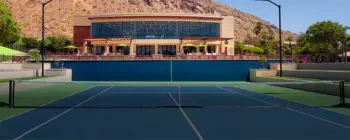
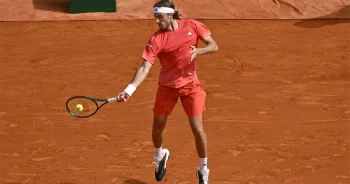
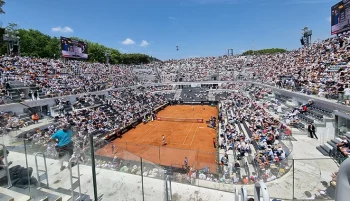
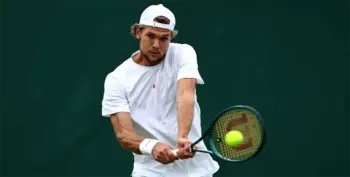
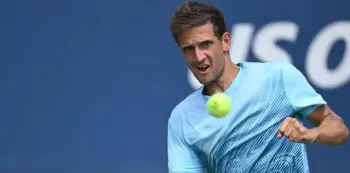
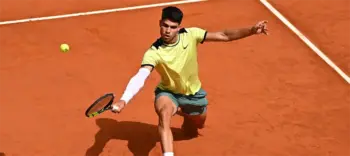
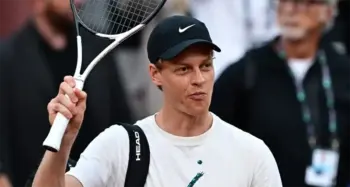
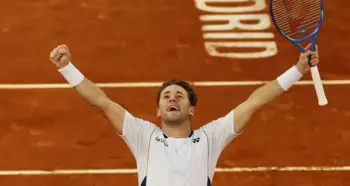
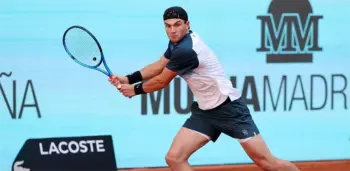
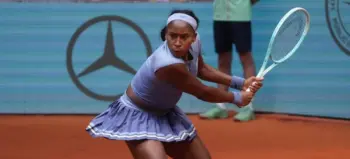

Considering your current racket target: ‘ a box-beam frame with a maximum of 98 head size and a not too high RA rating’, I would highly recommend the Ultra Tour/Pro 97. Many have said it’s a platform frame that needs added weight, but I actually find it pretty good in stock conditions (305g, 320g strung). Particularly, since the Ultra is already very head-light, I would suggest buying it in your full grip size, and not using an overgrip, thus reducing the chance of making it too headlight. Also, being an 18×20 with 62 RA, I would string with a poly at a low tension to up the power a bit. Has a lovely classic buttery feel, is extremely maneouvrable and precise and I don’t find any problems handling fast balls or hitting an accelerated shot as some have found. Good luck!
Hi August, thanks for your comment. I will certainly give the Ultra Tour a try. I have played with an earlier addition but with a poly at te wrong tension. So i couldn’t get enough power. I normally don’t need much free power. So i will try it at a lower tension.
Dunlop NT Tour
Agree with Tennis Lion’s comment on the Wilson Ultra Tour. Question for you Lion – what do you consider low tension. I use poly at 56 and love the control and precision on volleys but would consider a low tension if that creates a bit more pop. Thanks.
Thoroughly enjoyed reading this, have tried a large number of Rackets over the years myself. Love the plush feel of the Yonex ezone 98 Rackets but at the same time the power/spin of a bigger headed/stiffer Prince Extreme Beast can be very efficient. In the end, I’ve ended up at a very similar space to your suggestion of the 290g Wilson Pro Staff weighted up to around 325g with a swing weight of 320. It’s a good middle ground between the two previous mentioned Rackets. Is has the benefit of a slightly smaller head 97ich helping the manoeuvrability while at the same time having a 68 stiffness rating helping generate sufficient power.
It made me think, rather than finding a middle ground. I wonder if we will see pro players in the future having the ability to change between different styles of rackets depending upon the conditions that they are playing in. I guess abit similar to Formula 1 cars changing tyres base upon the track service. For instance could a player be trained to use something similar to the Nadal Pure Aero for the spin and power on a slow claycourt but then move to a smaller headed manoeuvrable racket on a faster grass/hardcourt. In reality we are probably only talking a small difference maybe only 1% but at that very top level that can be the difference between winning and losing the match. Just coming into the French Open quarter-finals at the moment and noticed 3 of the young up and comers are using the powerful Head Extreme Rackets with great success on the slow clay courts. I wonder in a month or so time when we’re coming to the same stage of Wimbledon weather we are likely to see a higher percentage of players with the slightly smaller headed manoeuvrable rackets going deep into tournament.
Anyway just some fuel for thought, Again really enjoyed the article and hope you’re still enjoying the journey of it.